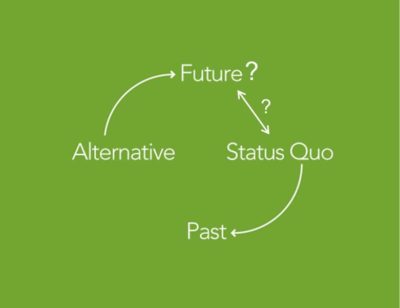
The future of cell culture development? Part II
GEN has a new article that touches on post translational modifications, which one of the major issues facing biomanufacturers, especially those that produce (or hope to produce) biosimilars. As usual glycosylation is the major theme, but the author also touches on deamidation.
Some of the different technologies mentioned include yeast glycoengineering (GlycoFi), a CHO/DG44 line that produces fucose-free antibodies by knocking out the key fucose-adding enzyme (Potelligent cell line), and the greenovation system that uses phototautotrophic moss (add moss to the ever-growing list of organisms currently being pursued as a biopharmaceutical production host organism!).
These are interesting approaches to solve complex problems, but as I have mentioned before, when will any of these type of technologies be used in FDA approved processes? There have been numerous technologies that have tried to vastly improve on the current CHO paradigm (Per.C6 anyone?), but the industry can sometimes be very slow to move, especially when the current system isn’t broken. Many companies instead look to their different development groups (API, cell line, upstream, etc.) and make advances in cell culture media (using supplements or optimized nutrient feeds) , cell lines, and downstream processes instead of switching to a new host organism. It’s difficult to prognosticate which approach will be best, but what do you think will win out?